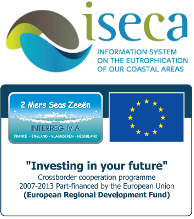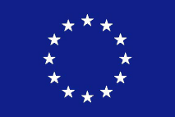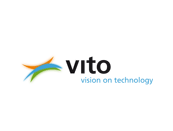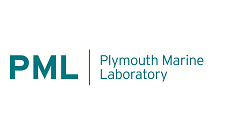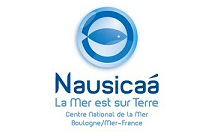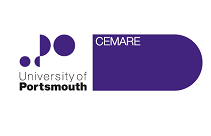The cross-border cooperation project ISECA, which is supported by the INTERREGIVa 2Seas Program (www.interreg4a-2mers.eu), is a collaboration between Flemish, Dutch, French and British knowledge partners. The portal centralizes the knowledge and information about the eutrophication of our coasts. It is aimed at raising public awareness about the effects of eutrophication such as harmful algal blooms or socio-economic problems.
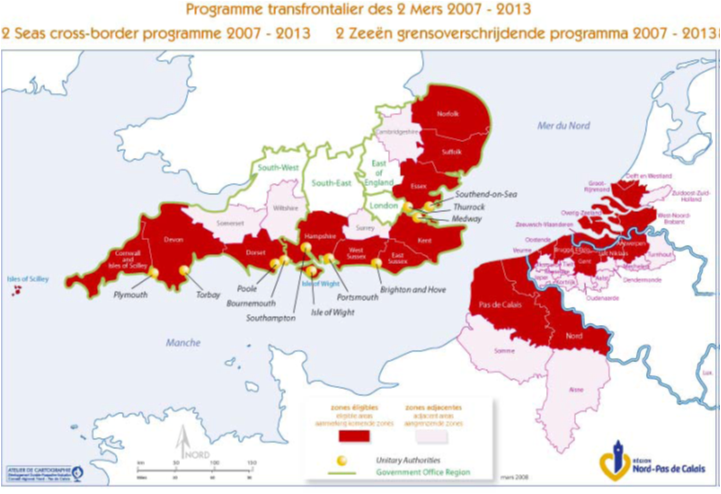 |
| The research area of the 2Seas program (www.interreg4a-2mers.eu) |
The objective of the ISECA project is to improve the exchange of data and scientific insights related to the eutrophication of coastal waters in the English Channel and the Southern North Sea (figure), aiming both at knowledge partners and the relevant authorities and general public. The project is coordinated by ADRINORD in France.
Eutrophication of coastal waters is still considered to be an important problem and has the continued attention of the European Community (www.ospar.org). The key objective is to demonstrate the added value of a flexible, web-based information system for efficient water management in the broader sense. The information system will use information concerning actors and datasets, provide access to data products aimed at the broader public. Furthermore, the available in-situ and earth observation data will be combined with integrated simulation models to give insight in the causes and potential ecological and economic consequences of eutrophication and the effectiveness of management options. This will be done by combining concepts from different scientific domains, taking into consideration the impacts on different sectors such as tourism, fisheries and aquaculture. Obviously the cross-border cooperation is very important due to the nature of the problem and the necessity to improve the harmonization of data protocols and indicators, as well as the exchange of experience related to the causes of eutrophication and potential solutions. The project consortium will also look for cooperation with similar European research programs such as GMES, MyOcean, COBIOS and DYMAPHY.
ISECA is not exclusively oriented towards a scientific or technical approach of eutrophication. An important task is to identify the key actors and target public via different communication channels (web, surveys, workshops and conferences). An international advisory committee will be appointed to monitor the progress of the project and provide feedback from the end-user point of view on a regular basis. The interactive involvement of the end users is an essential aspect of the project, and will play a role in the design and improvement of the information system. The socio economical aspects will be covered by collecting the perception on the eutrophication, evaluating the “willing to pay” of the concerned population for remediation.
Monitoring the water quality and the eutrophication results from in situ measurements. The Earth observation (EO) and particularly the “water colour” are powerful monitoring tools. From the EO, we will derived maps of eutrophication indicators.
Modeling the eutrophication is also a key issue to evaluate the impact of remediation measures or the impact of global change. Demonstration applications will be developed for a limited number of locations. Well chosen examples can be expected to convince the potential users of the added value of the system, which will ensure the future use of the information platform. The models will be partially based on reusable model building components which allow for easier exchange of scientific knowledge between researchers, building on the outcomes of the European 6th Framework project SPICOSA (www.spicosa.eu).
A major communication effort will be conducted in order first to explain to the public at large what eutrophication is and what are the consequences. Second, the demonstration of the innovative tools (EO and modeling) should provide a step forward in the knowledge of the eutrophication. The ISECA portal will disseminate scientific documentation such as a description of in-situ measurements, the best practice protocols and quality control procedures together with EO databases.




